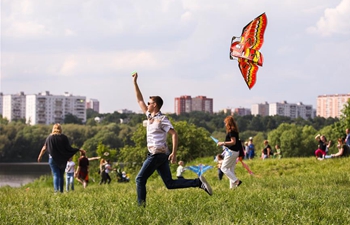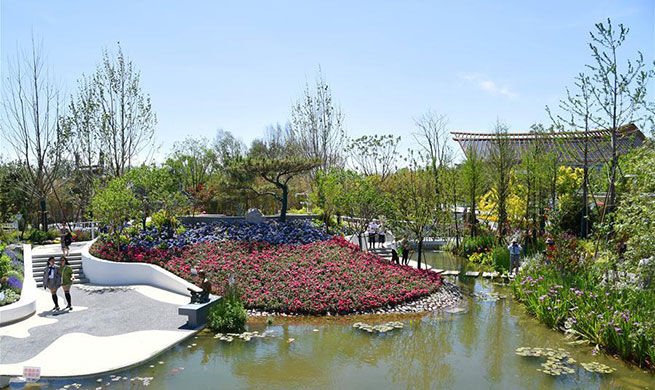BRUSSELS, May 27 (Xinhua) -- The spectacular increase of voter turnout in the European Parliament elections is one of the most positive outcomes of the EU vote, Shada Islam from Friends of Europe and Zsolt Darvas from Bruegel (both Brussels-based think tanks) told Xinhua in exclusive interviews on Monday.
The 51 percent turnout rate is up from 43 percent in 2014, the first reverse in a trend of falling participation since the first direct election of the European Parliament in 1979.
"For me, it means that European democracy is alive and kicking. It also means that Europe is now part of our lives," Shada said.
The main reason for the election being positive, Darvas said, was that people had fears that the anti-EU populist parties might gain increasing prominence and might eventually derail the European project.
Far-right parties won only one quarter of the seats in the European Parliament (EP). On the flip side, the EP's two dominant groups both lost seats.
The Social Democrat (S&D) group was projected to lose 41 seats in the 751-seat chamber, going from 191 in 2014 to a projected 145 now. The centre-right European People's Party (EPP) was projected to shrink from 221 seats to 180.
"This means that more coalition building would be necessary to reach majority in parliament. Some other parties will also be needed and most likely these other parties will be the Liberal Democrats or the Greens, so more cross party cooperation and discussion, which I think is even beneficial," Darvas said.
According to Shada, the Greens enjoyed a high degree of support, finishing second at 21 percent, ahead of the Social Democrats. To a large extent this was due to recurrent street protests by young people against dependence on fossil fuels.
"So in a way the young people, when they turned out to vote, they also sent a very strong message to governments about their priorities, their concerns: civil liberties and of course climate change," Shada said.













